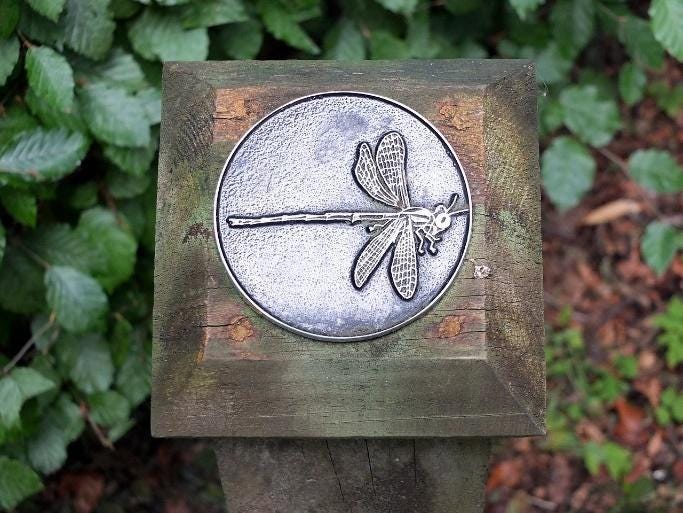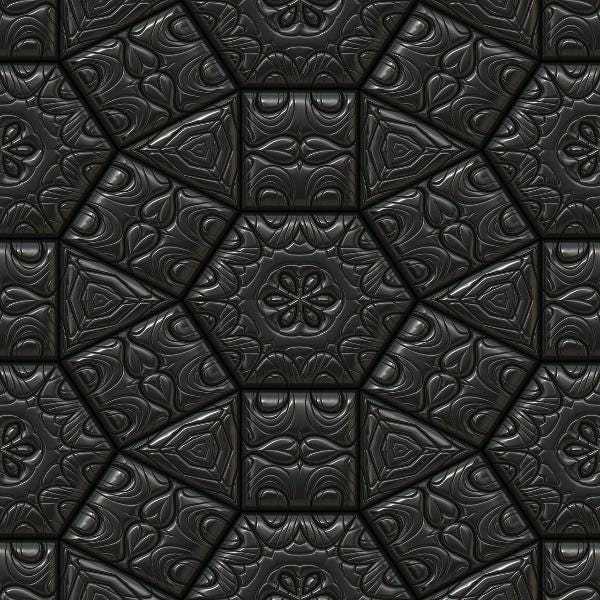A Guide to the Types of Embossing Used Today
A Guide to the Types of Embossing Used Today
Love the look of embossing? Ever wondered how they achieve this result? If you’ve ever been given embossed stationery, you know the beauty and luxury it offers. Embossing is different from other means of stationerydecoration, and it is one of the more often used styles in wedding stationery. However, for those who aren’t sure about what embossing is, the following is a guide to help you understand what it is and the types which are still used today.
What Is Embossing?

Embossing is the creation of decoration, design, or pattern impressions on another surface area, including leather, metal, cloth, or paper, in order to make a relief. In the process of regular printing processes or engraving processes, special plates are pressed against the surface area of selected material to create an imprint. Embossing, however, instead of leaving an imprint, raises the surface area, adding an additional dimension to the new object.
Embossing is a process which provides elegance. The process changes the nature of the material which has been embossed. Most times it creates a new standard of product quality compared to other printing methods. A regular piece of paper can be greatly impacted in a good way when a notary embossed seal is added. In similar terms, a wedding card which has been embossed greatly changes the meaning conveyed by the invitation. The invitation now informs its recipient about the wedding and that it’s going to be a high profile wedding with an elegant ceremony.
Embossing, in simple terms, makes ordinary things more beautiful than they originally were. Even the simplest of paper can become a beautiful piece of art worth great praise by a simple technique. However, it’s important to know that the elegant appearance depends on how the embossing has been done and the quality of the paper which has been used. When paper has been poorly embossed, it can really affect the appearance of the object. This is why some embossed material is worth more than others.
How the Process Is Done
The process of embossing involves the creation of an impression by the use of placing dies in contact with the stock paper or cardboard under a high amount of pressure. Different papers can create different embossed effects. Different embossing types can also create different effects. Some of the different types of embossing include tint embossing, blind embossing, and glazing. All of these can achieve different results.
Embossing Uses
Relatively inexpensive, the process of embossing has a variety of uses. The process of embossing is used for aesthetic purposes and functional uses in industries. You will find embossing on credit cards and Braille books, wedding cards, and a large variety of stationery options. Other industries use embossing on their product packaging to help improve the appeal of their product to potential customers. Some industries which may use embossing for their products include:
Cosmetic Industry — Cosmetic industries tend to use the method of embossing for their product packaging. This is because the appearance of embossing creates a luxurious look which appeals to more buyers, even if the product isn’t as expensive as it looks.
Music Industry — Many artists in the music industry also using embossing for their CD covers. This helps the artist look more established in the music industry even if they’re just starting out.
Technology Industry — Some technology industries which sell cell phone accessories may also use the method of embossing to create a more aesthetically appealing look and feel. Some of the major cell phone covers sold across the world feature embossing.
Types of Embossing
Because embossing is a special procedure where the surface area of the paper is pushed forward while utilizing an embossing die to create a raised image, there are a few different types which can be achieved.

Blind Embossing — Blind embossing is a technique which isn’t stamped over with foil or over a printed image. The color is the same as the surface area color. It can also be called same color embossing or self-embossing.
Registered Embossing — Registered embossing is a technique where an embossed image registers exactly to a foil stamp or printed image. The printed image is given a raised look through embossing.
Single Level Embossing — Single level embossing is where the image area is raised up to one flat level.
Multi-Level Embossing — Multi-level embossing is where the image area is raised to multiple levels with different height depths. This gives the embossed image added relief and texture, making it more interesting.
Sculptured Embossing — Sculpted embossing refers to a hand tooled process. This is where it’s made from a drawing or photograph with varying depth levels to make the image multi-dimensional and realistic.
Printed Embossing — Printed embossing is where the embossed area registers with the printed image. The bevel can go either inside or outside the printed image, depending on the customer’s specifications and requirements.
Tint Embossing — Tint embossing is a new creation where pastel or pearl is used during the embossing process. The methodology used is the same as other embossing types, but the technique is currently in high demand. Tinted embossing is best used on white stock, because pastel and pearl foils are transparent.
Combo Embossing — Combo embossing is the technique where an embossed image is foil stamped.
Glazing — Glazing is the process of a polished embossing. Glazing has become a popular trend and technique on darker colored stock. The pressure and the heat is increased substantially when pressing the die. This pressure helps to add the shine that glazing offers. If a high temperature is used, lighter colored papers can be scorched in order to change the color of the paper. This allows for great design contrasts if done correctly.
Debossing — Debossing is where the surface areas are depressed instead of being raised as they are in traditional embossing.

Conclusion
Embossing is a great method for creating beautifully crafted stationery options which are suitable for a variety of different applications. From wedding stationery to books, you can really convey an unwritten message to your recipients when buying embossed stationery. So, are you going to choose embossed stationery? Do you prefer it over other types of stationery?
A Guide to the Types of Embossing Used Today
Comments
Post a Comment